Flea Bath for Dogs: Get Rid of Fleas Safely and Effectively!
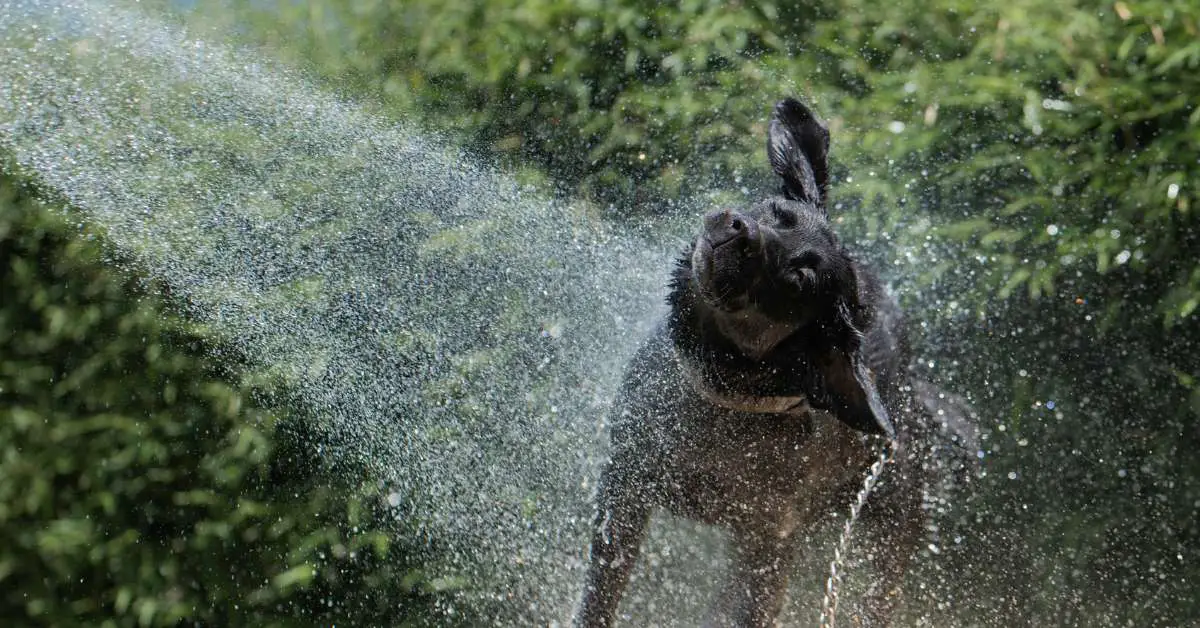
Every dog owner knows the sinking feeling that comes with discovering fleas on their cherished furry companion.
These tiny, persistent pests can wreak havoc on your pup’s comfort and health. While there are countless products on the market designed to combat fleas, sometimes a good old-fashioned flea bath can work wonders.
In this comprehensive guide, we’ll walk you through the step-by-step process of giving your dog a soothing and effective flea bath, ensuring they not only bid farewell to those pesky parasites but also emerge feeling refreshed and revitalized.
Say goodbye to scratching and discomfort, and hello to a happier, healthier pup!
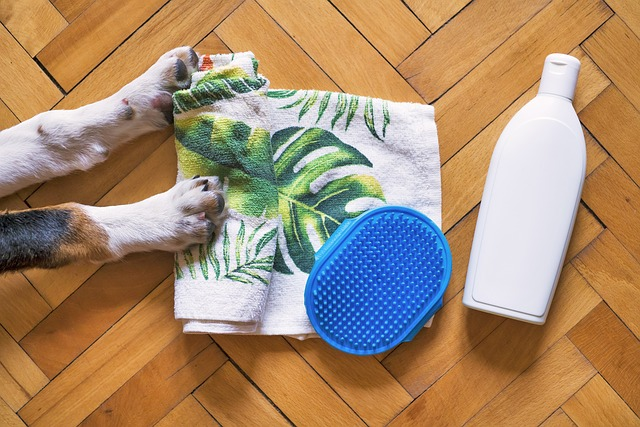
Does Your Dog Need a Flea Bath?
As responsible pet parents,ensuring the well-being of our furry companionsis a top priority. One common concern that often arises is the dreaded flea infestation.
These persistent pests can wreak havoc on a dog’s coat and skin, causing discomfort and potential health issues.
While there are many flea control methods available, a flea bath for dogs remains a tried-and-true solution.
Explore when and how to administer a flea bath, along with the various tools and products, like flea shampoos, flea combs, and flea collars, that can aid in effective flea prevention and treatment.
Recognizing a Flea Infestation:
Before diving into the flea bath process, it’s crucial to be able to identify signs of a flea infestation.
Keep an eye out for adult fleas, flea larvae, and flea eggs in your dog’s fur, especially around the neck, tail, and ears.
Additionally, check your dog’s bedding for flea dirt, a telltale sign of infestation.
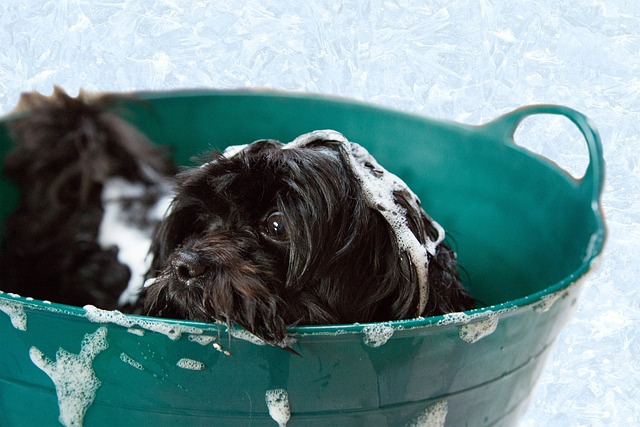
When to Give Your Dog a Flea Bath:
A flea bath is warranted when you observe a flea infestation on your dog, or as a preventative measure if your dog regularly spends time outdoors or interacts with other animals.
However, it’s essential to use caution, as excessive use of flea shampoos or baths can lead to skin irritation or allergic reactions.
Choosing the Right Flea Shampoo:
With the multitude of flea shampoos available, it’s important to select one that suits your dog’s specific needs.
Look for a quality product that not only kills adult fleas but also addresses flea larvae and eggs.
Consult your veterinarian for recommendations on flea shampoos that align with your dog’s age, size, and any existing health conditions.

The Flea Bath Process:
Begin by thoroughly wetting your dog’s coat. Apply the chosen flea shampoo, ensuring work it into a rich lather, and pay extra attention to areas where fleas tend to congregate.
Use a flea comb to remove any remaining fleas or flea dirt. Rinse your dog’s coat thoroughly to eliminate any residue.

Extra Precautions:
To alleviate any potential skin irritation, consider using aloe vera gel. Just a few drops applied to your dog’s coat post-bath can provide soothing relief.
Be cautious around your dog’s eyes, using a damp paper towel to protect them during the bath.
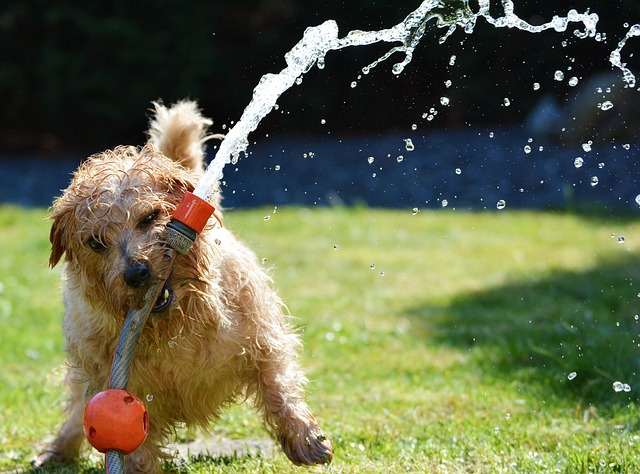
Administering a flea bath for dogs can be a highly effective method for tackling flea infestations and preventing future outbreaks.
By utilizing the right flea shampoo and supplementary tools like flea combs and collars, you can help your furry friend enjoy a flea-free, comfortable existence.
Always consult with your veterinarian for expert advice on flea prevention and treatment tailored to your dog’s specific needs. Remember, a happy, healthy pup is a flea-free pup!
What You Need to Make a Flea Bath for Dogs
To make a homemade flea bath for dogs, you’ll need a few basic ingredients that are generally safe for dogs and known for their flea-repelling properties. Here’s a simple recipe:
Ingredients:
- Dish Soap (Dawn or any mild dish soap): Dish soap is known to kill fleas on contact and can be used as a primary component in a flea bath. Make sure you use a gentle, non-concentrated formula.
- Warm Water: You’ll need a basin or tub filled with warm water. Ensure it’s comfortable for your dog.
- A Flea Comb: This will help you remove any remaining fleas or flea dirt from your dog’s coat.
- Towels: Have a few towels on hand to dry your dog after the bath.
- Container for Mixing: A container for mixing the soap and water, if needed.
Optional Ingredients:
- Essential Oils (Lavender, Peppermint, Eucalyptus): Some essential oils have natural flea-repelling properties. However, use them with caution and in very small amounts, as some dogs may be sensitive to them.
- Apple Cider Vinegar: This can be used as a natural flea repellent. Mix it with water in a 1:1 ratio and use it as a final rinse after the bath.
Instructions:
- Prepare the Bath: Fill a basin or tub with warm water. Make sure it’s deep enough to submerge your dog up to its neck.
- Add Dish Soap: Add a few drops of mild dish soap to the water. Be careful not to use too much, as it can dry out your dog’s skin.
- Mix (Optional): If you’re using essential oils, you can add a few drops to the water and mix well. Make sure the oils are safe for dogs and that you’re using a very small amount.
- Wet Your Dog: Gently wet your dog’s coat, starting from the neck down.
- Lather: Apply the soapy water all over your dog’s body, making sure to avoid their eyes, ears, and mouth. Work up a good lather.
- Let It Sit: Allow the soapy water to sit on your dog’s coat for a few minutes. This gives the soap a chance to suffocate and kill the fleas.
- Rinse Thoroughly: Rinse your dog thoroughly with clean, warm water. Ensure all the soap is completely removed.
- Use a Flea Comb: Following the bath, it’s recommended to utilize a flea comb to meticulously eliminate any remaining fleas or flea debris from your dog’s coat.
- Optional ACV Rinse (If Using): If you’re using an apple cider vinegar rinse, dilute it with an equal amount of water and pour it over your dog. Avoid the eyes and ears.
- Dry Your Dog: Use towels to dry your dog thoroughly.
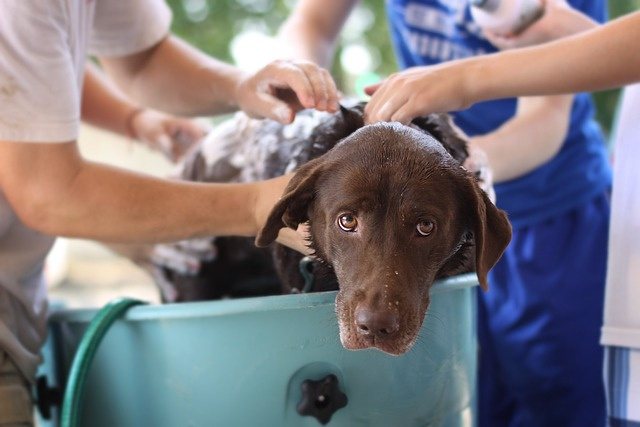
Remember, while a homemade flea bath can help in the short term, it’s important to also address the environment.
Wash your dog’s bedding, vacuum your home, and consider using flea treatments recommended by your veterinarian to ensure long-lasting protection against fleas.
If your dog’s flea problem persists, consult your vet for professional advice.
When to Call the Vet
While a flea bath can be a helpful step in managing a flea infestation, there are situations where it’s important to consult a veterinarian for professional advice and treatment.
Here are some scenarios when you should call the vet:
- Severe Flea Infestation: If your dog is heavily infested with fleas, a single flea bath may not be sufficient. Your vet can recommend more effective and targeted treatments.
- Allergic Reactions: Some dogs may have allergic reactions to flea bites, resulting in severe itching, rash, or hives. This requires immediate veterinary attention.
- Persistent Scratching or Discomfort: If your dog continues to scratch excessively even after a flea bath, it may indicate a deeper underlying issue that needs veterinary assessment.
- Secondary Skin Infections: If your dog has developed skin infections due to scratching and irritation from fleas, it will likely need antibiotics or other medications prescribed by a vet.
- Young, Elderly, or Sick Dogs: Puppies, senior dogs, or those with pre-existing health conditions may be more vulnerable to the effects of fleas. It’s important to seek veterinary guidance for their specific needs.
- Multiple Pets in the Household: If you have multiple pets and only one has been treated for fleas, the others may also need treatment or preventative measures.
- Flea-Related Diseases: Fleas can transmit diseases such as tapeworms and Bartonella (cat scratch fever). If you suspect your dog has contracted a flea-related disease, seek immediate veterinary attention.
- Lethargy, Loss of Appetite, or Other Unusual Symptoms: If your dog shows signs of illness in addition to having fleas, it’s important to consult a vet. Fleas can transmit various diseases that may lead to more serious health issues.
- Recurrent Flea Problems: If your dog’s flea problem keeps coming back despite your efforts, your vet can recommend a more comprehensive and long-term flea control plan.
- Pregnant or Nursing Dogs: Special care is needed for pregnant or nursing dogs, as certain flea treatments may not be safe for them. Always consult your vet for appropriate recommendations.
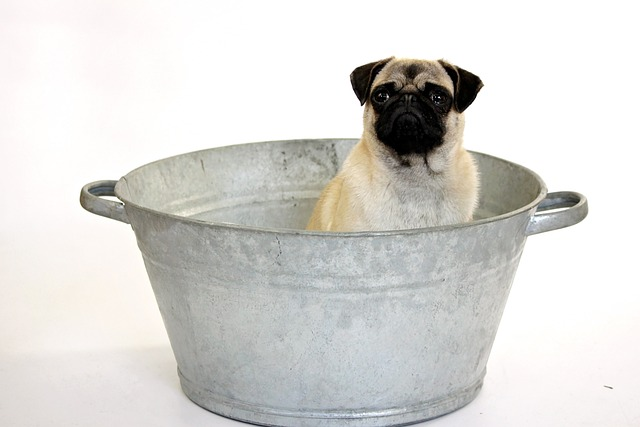
Remember, your veterinarian is your best source of advice when it comes to your dog’s health. They can provide tailored recommendations based on your dog’s specific circumstances. If in doubt, it’s always better to seek professional guidance.
FAQs
1. How often should I give my dog a flea bath?
The frequency of flea baths depends on the severity of the infestation and your dog’s individual circumstances.
In general, it’s recommended to give a flea bath every two to four weeks during flea season. However, consult your vet for a personalized schedule based on your dog’s needs.
2. Can I use regular shampoo for a flea bath?
While regular dog shampoo may clean your dog, it’s not designed to kill fleas.
To effectively eliminate fleas, use a mild dish soap or a specialized flea shampoo recommended by your vet. Always avoid harsh chemicals that could irritate your dog’s skin.
3. Are there natural alternatives to commercial flea shampoos?
Yes, there are natural options that may help repel fleas. Essential oils like lavender, peppermint, and eucalyptus can be used sparingly, but always consult your vet for safe usage.
Additionally, an apple cider vinegar rinse can act as a natural flea repellent when diluted with water.
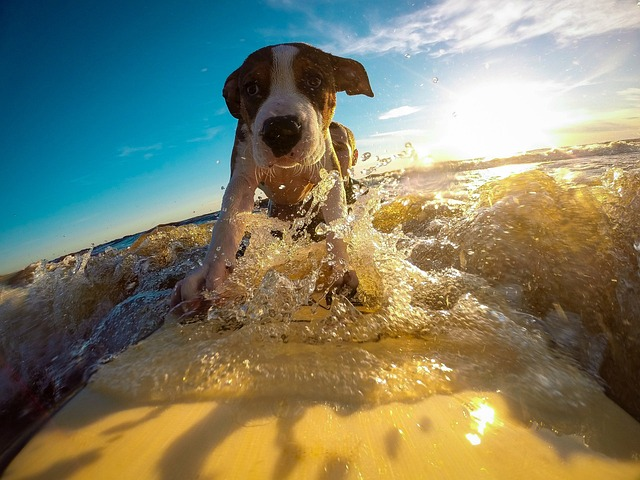
Final Notes
In summary, giving your dog a flea bath can be a crucial step in managing a flea infestation. However, it’s important to do so safely and effectively.
Remember to use a mild dish soap or a vet-recommended flea shampoo, and ensure the water is warm and comfortable for your furry friend.
Take care to avoid sensitive areas like the eyes, ears, and mouth.
Additionally, while a flea bath can provide immediate relief, it’s just one part of a comprehensive flea control plan.
Treating your home and yard, along with using preventative measures, is equally important.
If you encounter challenges or have concerns about your dog’s flea problem, don’t hesitate to consult your veterinarian.
They can offer tailored advice and recommend the best course of action for your specific situation. With the right approach, you can help your dog stay comfortable and flea-free.
